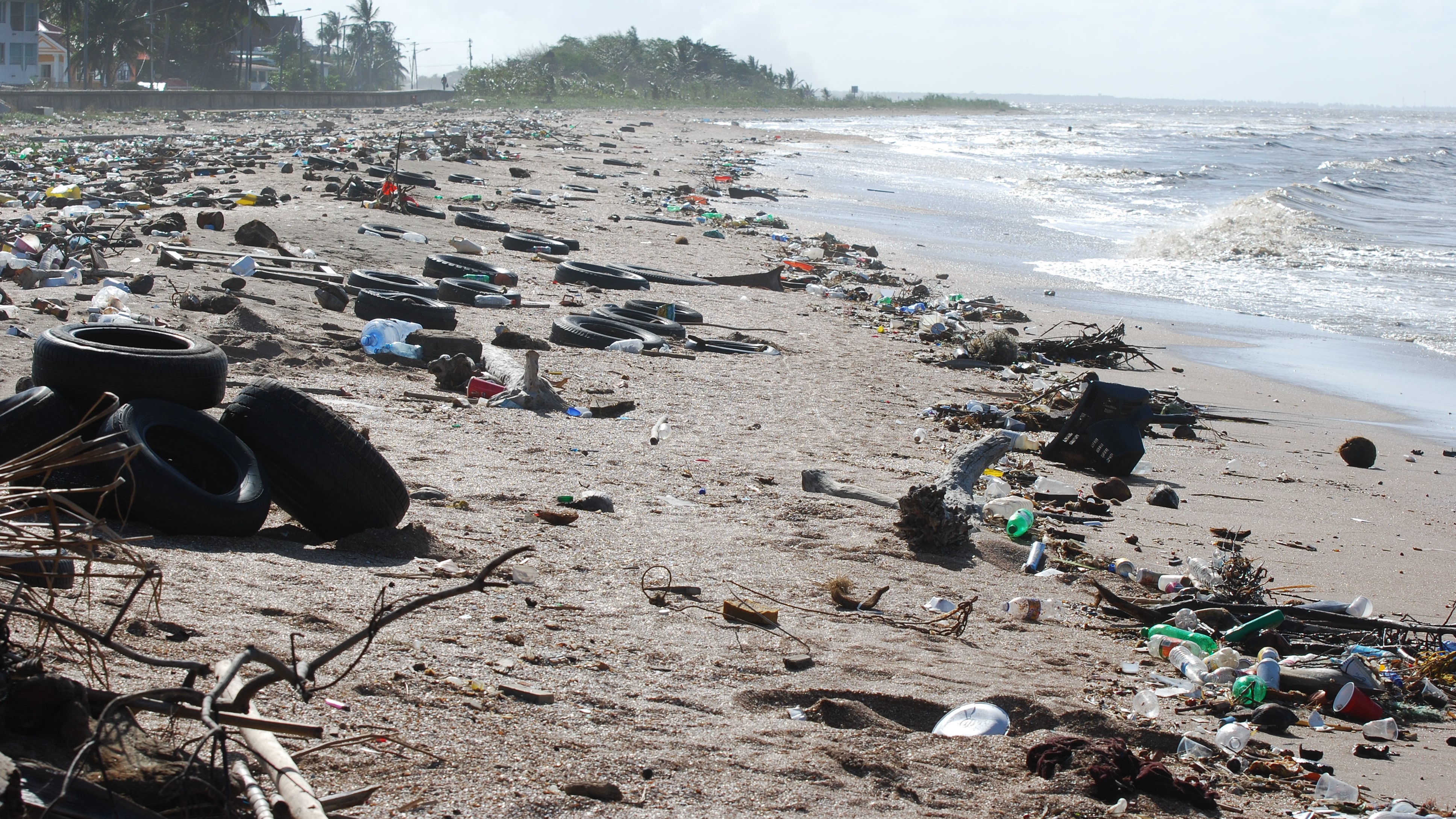
IN DEPTH
Water scarcity and insecurity
Water is the world’s most valuable resource, but 1.1 billion people worldwide lack access to water. On August 26, The United Nations announced that by 2025, nearly two billion people will be living in countries or regions with absolute water scarcity and average supply of water per person will drop by a third in the next two decades. The problem can lead to deadly diarrheal diseases, including cholera and typhoid fever, and other water-borne illnesses.
There’s nothing more essential to life on Earth than water. Yet, from Cape Town to Flint, Michigan, and from rural, sub-Saharan Africa to Asia’s teeming megacities, there is a global water crisis. In the last 50 years, the human population has more than doubled. This rapid growth resulted in a high demand for food, shelter, and clothing, placing additional pressure on freshwater supplies to produce commodities and energy to support economic development and industrialization.
Women and children are worst affected. Children are more vulnerable to diseases of dirty water and women and girls often bear the burden of carrying water for their families for an estimated 200 million hours each day. World Vision estimates that the average woman in rural Africa walks four miles every day, hauling 40 pounds of water. Every day, more than 800 children under age five die from diarrhea attributed to poor water and sanitation, 2.3 billion people live without access to basic sanitation, and 892 million people practice open defecation.
Is there enough water on the earth?
Earth is known as the "Blue Planet" because 71 percent of the Earth's surface is covered with water. However, 97% of this water is undrinkable saltwater from the oceans. Freshwater has low concentrations of dissolved salts and other total dissolved solids. Of the three percent of the world's water supply that is freshwater, about 69 percent is stored in glaciers and ice caps, 30 percent is groundwater held in underground soil and rock crevices, and only 1 percent is surface water like lakes, swamps and rivers. Most of the world's freshwater comes from surface and underground water.
Agriculture uses 70% of the world’s accessible freshwater, but some 60% of this is wasted due to leaky irrigation systems, inefficient application methods as well as the cultivation of crops (Cotton, rice, sugar cane, soya, wheat, potatoes) that are too thirsty for the environment in which they are grown. This wasteful use of water is drying out rivers, lakes and underground aquifers.
The rapid growth of human population with its accompanying economic development and industrialization has transformed water ecosystems around the world and resulted in a massive loss of biodiversity.
Water pollution from agricultural runoff, untreated human wastewater, and industrial waste are also problematic in the water crisis problem. Some effects are immediate, like when harmful bacteria from human waste contaminate water and make it unfit to drink or swim in. In other instances, such as toxic substances from industrial processes, it may take years to build up in the environment and food chain before their effects are fully recognized. At the current consumption rate, the scarcity of water will only get worse and ecosystems around the world will suffer even more.
Water scarcity has significant impacts on health, malnutrition, education and poverty:
Health: If there is no water or if the quality of the water is poor, health will be compromised. Contaminated water is the only option for millions of people, but this can carry water-borne diseases that can sometimes be fatal. When rivers cease flowing, insects breed on the stagnant water which increases the risk of malaria and other infections. If there is little or no water, then keeping things sanitary is impossible.
Malnutrition: The lower the amount of water available, the lower the farm yields, which could lead to the death of animals, as well as hunger, thirst and a low quality of life.
Education: School attendance drops for those who wake at dawn to collect water for the family from a source several miles from home. In some places, girls and women are forbidden to attend school because they are tasked with collecting water and taking care of other family needs.
Poverty: Restaurants, hotels and shopping malls, manufacturers, farms, and many other production processes all need a good supply of water to thrive. Lack of water reduces these activities, reducing employment, and continuing the cycle of poverty.
Is anyone doing anything?
When water supplies are limited and poorly managed, both ecosystems and people suffer. Efficient and effective water management is necessary. There are many organizations seeking to improve access to clean water. Each of these organizations works to support community leaders in choosing community resources that ensure maintenance and sustainability of the project.
Splash: Splash works in disadvantaged cities in collaboration with local governments and businesses who remain involved long after Splash have left to ensure a long-lasting, sustainable solution.
Ride4Water: Raising money through cycle rides, Ride4Water raises awareness of the global water crisis, and have installed filtration systems in homes for communities in Oaxaca, Fiji, and El Salvador, which trap harmful bacteria and microorganisms found in water.
Generosity.org: Currently working to bring safe water to Haiti, Ghana, Uganda, and India, generosity.org also works with local partners to find the best type of wells, rain-water harvesting systems, and spring protection systems for the area. https://generosity.org/
Other organizations: There many other organizations that aim to help water crisis. Some of them are Life Water International, Planet Water Foundation, Water 1st International and Safe Water Network working in remote and rural areas of East Africa, Southeast Asia, Ghana, Bangladesh, Honduras, India and other countries to build and sustain solutions that provide clean water access and toilets.
As individuals and communities, we can also make a difference by:
- Growing crops that use less water and by using techniques like drip irrigation to maximize efficiency.
- Conserving a new sources of ground water
- Protecting our rivers and lakes from industrial contamination
- Water recycling or reclamation
- Education to change consumption and lifestyles
- Inventing new water conservation technologies
- Appropriately pricing water
- Developing and enacting better policies and regulations
- Holistically managing ecosystems
- Building international frameworks and institutional cooperation
- Fighting climate change
Questions, comments, feedback about today's Weekly Update? Please email Dr. Addis Hunde Bedada.
Receive the Weekly Update right in your inbox on Tuesdays and Thursdays. Subscribe now at z.umn.edu/WeeklyUpdateSubscribe
